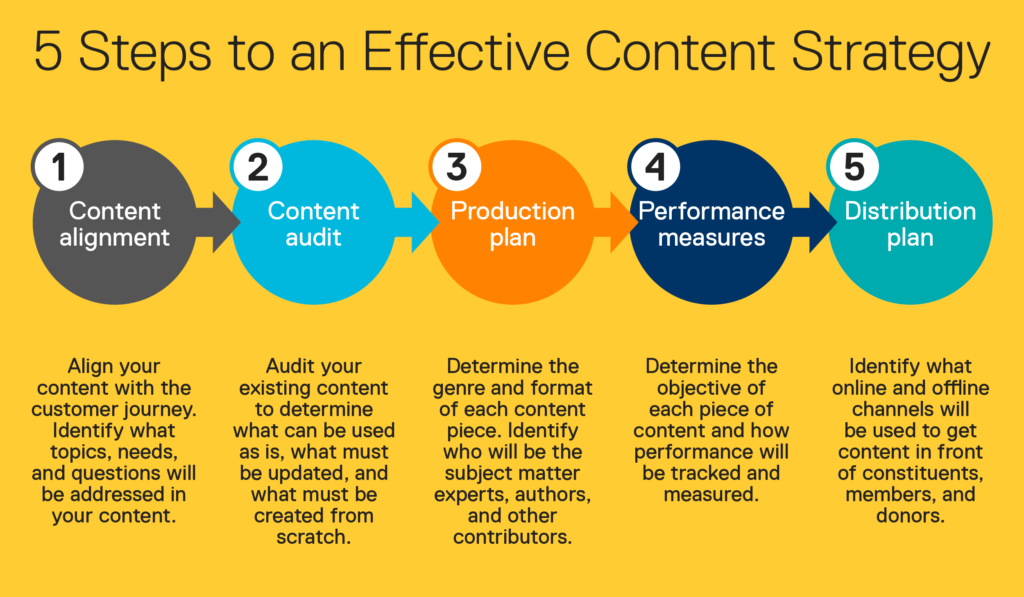While marketing analytics are essential for successful campaigns, the analysis process faces major challenges because of the enormous quantity of data marketers can now obtain. This means that marketers must optimize the data into smaller fragments to derive actionable insights.
Some of the prominent marketing analytics challenges are:
Data Quantity:
The digital age has enabled marketing teams to record every digital footprint of the customers, gathering huge data. However, quantity data is useless if you are unable to structure it and derive actionable insights, analyses that allow campaign optimization. This has left marketing confused about how to organize data to make the best use of it. Research shows that expert data scientists spend the maximum of their time formatting and wrangling data.
Data Quality:
Not only is the problem of filtering through enormous data, but unclear data is often unreliable. According to Forrester, 21 percent of companies’ media budgets are wasted due to poor data quality. This means one out of five dollars was not used efficiently. These can add up to 1.2 million dollars for a small-size company, and up to 16.5 million dollars for a mid-size company budget is wasted for a year. Businesses need a process to extract quality data to acquire accurate data to make the right decisions.
Lack of Data Scientists:
Even if the companies succeed in acquiring the right data, they don’t have access to the right people who can make the best use of it. A survey by The CMO states that only 1.9% of the organizations believe they have the right employees to do the job who can fully utilize Marketing Analytics.
Selecting Attribution Models:
Choosing the right model or techniques that provide the best insights can be tricky. For Example, MMM and MTA attribution offer completely different insights. MMM aggregate campaign focuses on data, and MTA focuses on person-level client data, respectively. The Attribution Models the marketers choose will decide what sort of insights they receive. Customer engagement analysis across multiple channels can be complicated while choosing the right model.
Correlating Data:
In the same process, marketers collect data from various resources. It is necessary to find a way to compare the data from different sources. It’s challenging comparing online and offline engagements, as they are measured using different attribution models—this is where you can use UMM (Unified Marketing Measurement)to its full potential to organize data from different sources.
Marketing Analytics Software Uses
Marketing Analytics software fights the challenges we previously discussed above by collecting and organizing the data, comparing the valuable data from different sources quickly.
The new advanced marketing platforms are valued for the speed at which they stack and process an enormous amount of data. One of the huge setbacks of this software is that they have access to so much data that marketers can’t bifurcate all of it in time to make real-time optimization.
On top of that, various platforms now use unified marketing measurement to collate marketing data across multiple channels & campaigns, simplify analysis. Modern analytics platforms offer more than just measuring client engagements. They offer insights into brand stakes and how certain audiences react to creative elements. This helps marketers to understand brand-building ROI and how to personalize brand experiences further.
Marketing Analytics Software – Attributes & Aptitudes
When executing a marketing analysis solution, consider these significant attributes and aptitudes of marketing analytics software:
Real-time Insights and Analytics
Brand Measurement Attributes
Optimize person-level data
Analyze and correlate Offline and Online Attribution Metrics
Inspect Client and Market Insights
Crafts That Marketing Analytics Managers Require
As marketing teams try to conduct quality analysis that leads to engaging and effective campaigns, analytics managers also need to focus on these aspects.
Conduct Quality Analysis
Marketing Analytics Manager should have experience assessing large data stacks to obtain insights that include buying patterns and market trends, and client engagement patterns with the target audience.
Optimize and Make Recommendations
Once data insights are gained, the ability to develop ideas and solutions to improve underperforming campaigns based on trends is crucial. For example, as per analysis, buyers engaged with branded content only in the evening. Planning a strategy shift to serve ads during the evening rather than in the morning.
Understand Client and Market Trends:
Analytics Managers should be aware of current market trends and client requirements. Understanding client demands for a hassle-free experience and how buyers engage, virtualization will undoubtedly play a role in determining the next steps for optimization opportunities.
Analytics Tools:
Next, analytics managers must have hands-on experience with various automation tools and analytics platforms. These tools play an important role in reducing the time from client engagement to client insight.
Collaborate with Shareholders:
Finally, the analytics team members must utilize the data and demonstrate it to shareholders. Help other departments understand these data to drive engagement and create personalized interactions.
How to Start the Marketing Analytics Process
If you’re looking to improve analytics skills, here are four steps to take at the outset of your program:
Understand What You Want to Analyze
You can measure several aspects of a marketing campaign, such as conversion rates, capture leads, brand recognition, etc. Understand the obstacle you seek to resolve or the insight you are trying to gather while analyzing your data.
Set a Benchmark
What sort of campaigns are successful will help you determine the types of data and metrics marketers collect. For example, suppose the goal is to increase brand awareness. The success benchmark might increase brand loyalty shown in a customer panel, rather than an online click or impression.
Evaluate Your Current Aptitudes
Understand your weak spots and what your company is doing to resolve them. Whether evaluating offline campaign results or identifying media most likely make conversions, knowing these weak points can help you strengthen your business.
Use Marketing Analytics Tool
Marketing analytics tools will increase interest as clients become more selective. A smart platform, such as Marketing Measurement and Optimization Platform, uses centralized marketing measurement to help marketers recognize the messages that resonate and media types that make conversions. This gives a holistic view of which campaigns are thriving and which are underperforming in real-time.





